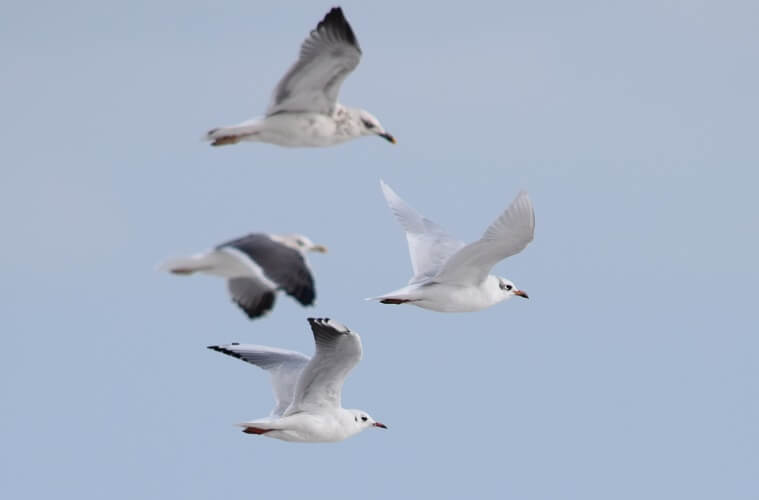Browse by Climate Change
EU Emissions Trading System
Reducing man-made greenhouse gas emissions can help to limit global warming. The EU emissions trading system (EU ETS) is an essential part of the EU’s policy to combat climate change. Select the links below to navigate.
EU Carbon Border Adjustment Mechanism (CBAM)
The Carbon Border Adjustment Mechanism (CBAM) is a new EU instrument for preventing carbon leakage, that is, shifting of the production of goods to non-EU countries where there is a lower or no carbon cost associated with their production.
